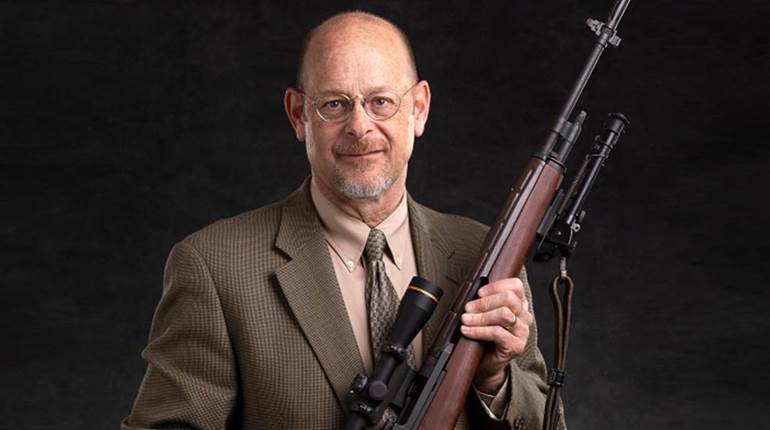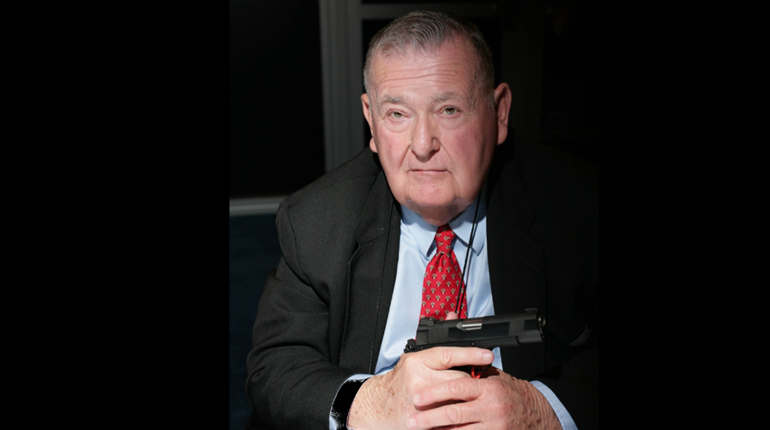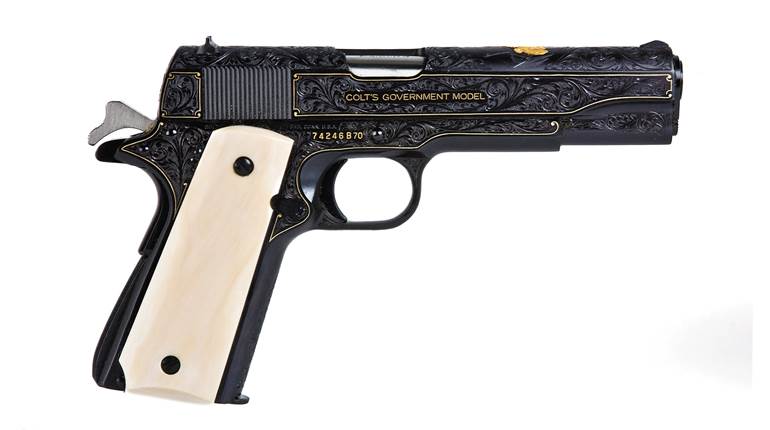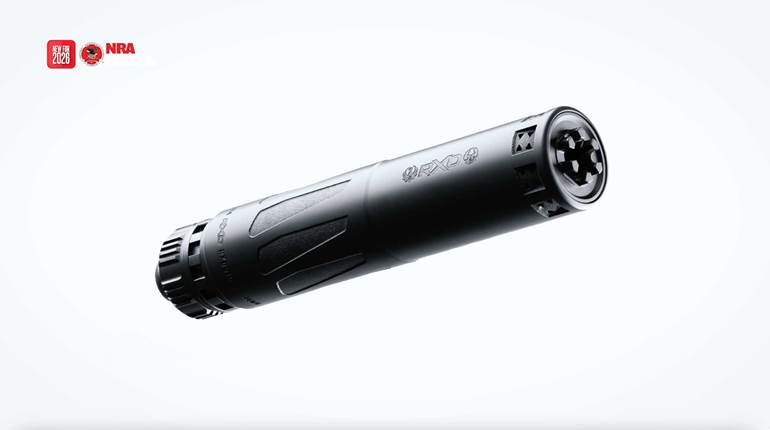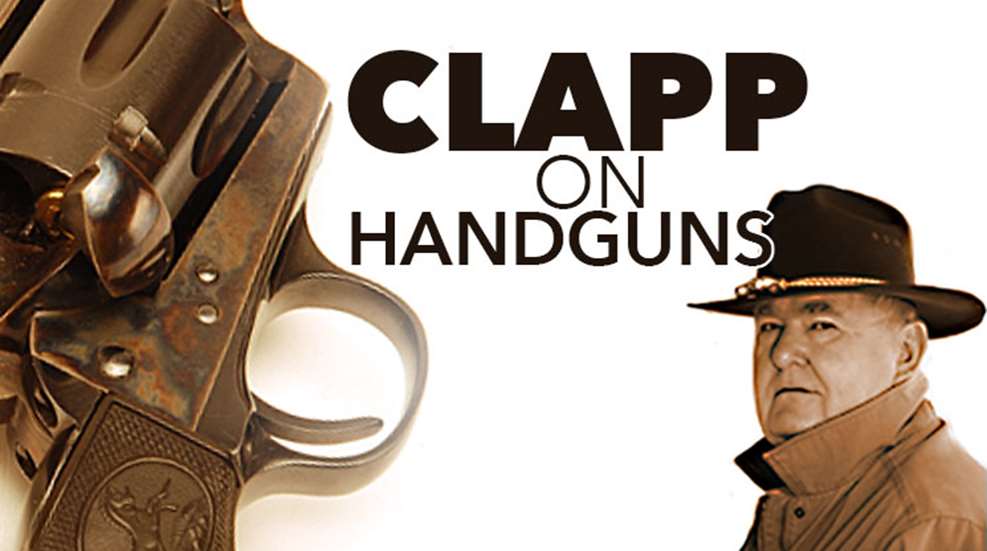
Of all the many types of revolvers Smith & Wesson has made since 1852, several stand out. I would guess that the K frame .38s would probably take “most sold” title. But the handy little J frames made it into many American pockets over the years. Developed in that great era of S&W product line expansion right after World War II, the J frames had their basis in the I frame revolvers made since the 1890s (sometimes called the .32 Hand Ejector series).
The I frames were beautifully made little revolvers. In .32 caliber, the small cylinder would take six cartridges, but dropped to five when chambered for the old .38 S&W cartridge. In the interests of increasing power, S&W developed a slightly longer I frame that would take the more potent .38 Spl. rounds. This was in 1950 and the resulting gun was called the Chiefs Special and eventually the Model 36. A year or so later, Colonel Rex Applegate persuaded S&W to come out with a J frame that married the solid frame DA/SA Chiefs to the DAO lockwork of the older Safety Hammerless. Called the Centennial (for the company’s 100th Anniversary), the Centennial had an enclosed hammer and a unique grip safety mechanism.
I have never heard or read who was responsible for the Bodyguard design, but it came along in 1955. Eventually dubbed the Models 38 and 49 (aluminum and steel, respectively), the Bodyguard was a combination of the DA/SA Chiefs Special and a new frame that extended upward to partially shroud the hammer. A re-contoured hammer extended above the rounded frame to permit cocking and single-action fire. Apparently, the rationale was to combine the Centennial’s concealability with the Chief’s DA and SA trigger modes. In effect, this put the Bodyguard at odds with the Centennial and the Centennial lost. It was discontinued in 1974.
This caused two things to happen. The price of used Centennials spiked and the fallacy of the company decision became obvious. The need for a precise single-action trigger on a revolver intended for quick deployment at powder-burn distances was questionable. I can recall seeing a Bodyguard with the hammer spur ground off in order to get a more Centennial-like contour and many Chiefs Specials were likewise modified. A single-action trigger was not, and is not, important on a pure defensive revolver. It also developed that the Bodyguard was not particularly concealable, as the sharp edge of the exposed hammer frequently caught on clothing.
The Centennial returned to the line in 1989 with significant improvements. The gun has continued in production to date with many variations and updates. For those handgunners who insist the DA/SA Bodyguard system is superior, there are several of them available. S&W eventually chose to use the “Bodyguard” designation for a polymer frame revolver and a .380 auto.












